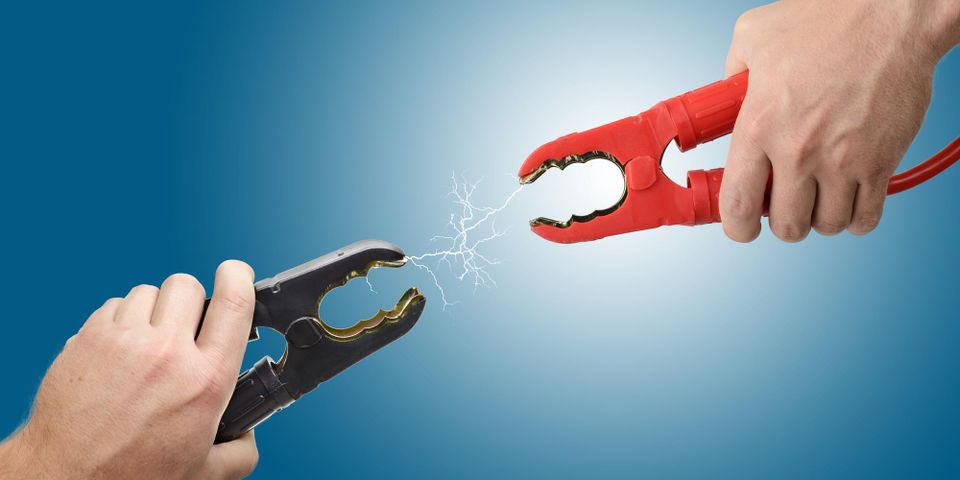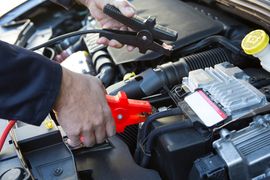Auto Repair Basics: 3 Tips for Jump-Starting Your Car

It’s something practically every driver will experience sooner or later: you turn the key in the ignition, but your car refuses to start. This is often caused by a weakened or dying battery, but with a jump-start, you can give your vehicle enough power to get to a nearby auto repair facility. The following tips will navigate you through this process safely and effectively.
Top 3 Tips for Jump-Starting a Car
1. Getting Close
Once you’ve enlisted the help of another vehicle, safety checks begin before you connect the jumper cables. Though the cars should be parked close together, they should never touch. You should also double check that the batteries in both vehicles have the same polarity and voltage. Put both cars in park and turn off their ignition and electrical components.
2. Cable Connections
 Clamp the positive cable to the dead battery’s positive terminal, then attach it to the positive terminal on the other car’s battery. Attach the negative cable to the working car battery’s negative terminal and to an exposed piece of metal on the car that needs the jump-start. Do not attach it to the dead battery’s negative terminal. The positive cable is usually red, while the negative cable is black.
Clamp the positive cable to the dead battery’s positive terminal, then attach it to the positive terminal on the other car’s battery. Attach the negative cable to the working car battery’s negative terminal and to an exposed piece of metal on the car that needs the jump-start. Do not attach it to the dead battery’s negative terminal. The positive cable is usually red, while the negative cable is black.
3. After the Jump
After letting the working car run for a few minutes, try starting your vehicle. If it starts, remove the negative cable, then the positive cable, and drive to an auto repair shop so you can take care of any needed servicing. If jump-starting doesn’t work, you’ll likely need to call a tow truck.
By following these auto repair guidelines, you can get moving with the help of a jump-start. If your vehicle is having trouble starting, take it to Foley Auto & RV Repair in Baldwin County, AL. In business since 2007, their experienced staff uses advanced computer diagnostics to ensure your car gets accurate repairs—all of which are backed by a 90-day labor warranty. To learn more about their auto maintenance services, visit them online or call (251) 971-3770.
About the Business
(6 reviews)
Have a question? Ask the experts!
Send your question

